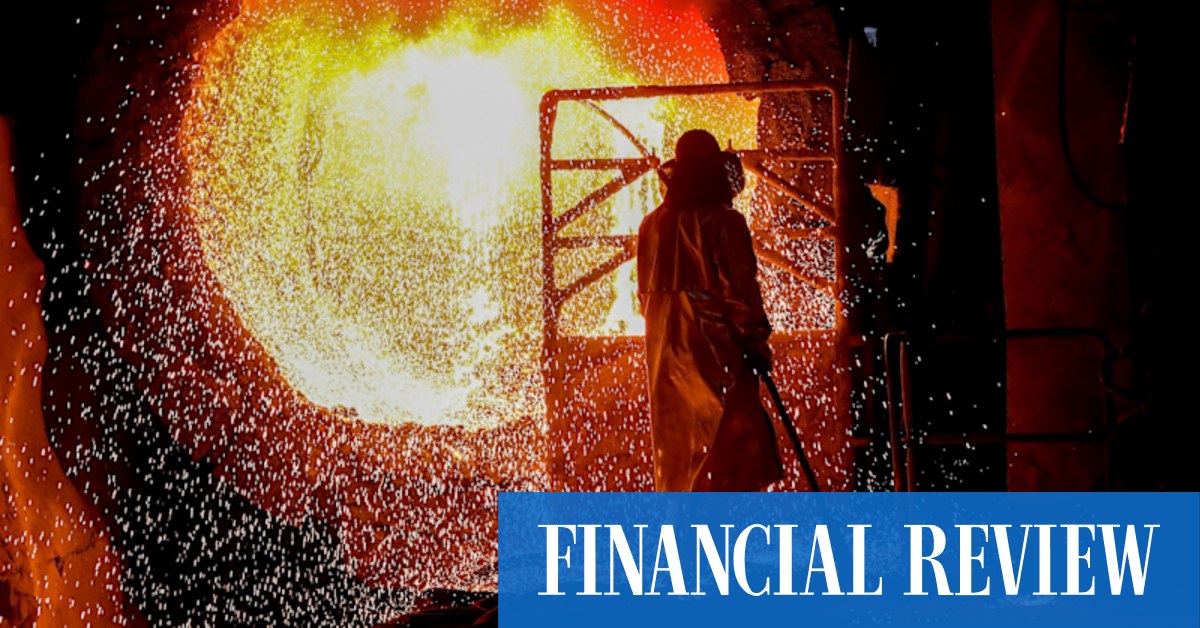EU Retaliation Threat: Trump's Steel Tariff Hike Sparks Transatlantic Trade War Fears
The US President's decision to impose hefty tariffs on steel and aluminum imports has ignited a transatlantic trade war, with the European Union (EU) vowing swift and significant retaliation. The move, announced in March 2018, sent shockwaves through global markets and raised serious concerns about escalating protectionist measures. This article delves into the details of the tariff hike, the EU's threatened response, and the potential consequences for the global economy.
Trump's Justification: National Security Concerns
President Trump justified the 25% tariff on steel and 10% on aluminum, citing national security concerns. He argued that cheap imports threatened the US steel and aluminum industries, compromising national defense capabilities. However, critics quickly dismissed this reasoning, pointing out that US steel production is already robust and that the tariffs would disproportionately harm American consumers and businesses. The move was widely seen as a protectionist measure designed to shield domestic industries from foreign competition.
Key Arguments Against the Tariffs:
- Higher Prices for Consumers: The tariffs inevitably led to higher prices for steel and aluminum-related products, impacting everything from cars and construction materials to appliances and cans.
- Retaliatory Measures: The EU, along with other major trading partners like Canada and Mexico, immediately threatened retaliatory tariffs, escalating the trade conflict.
- Damage to Global Trade Relations: The tariffs undermined the principles of free trade and risked sparking a global trade war, potentially crippling economic growth.
- Lack of Transparency and Justification: Critics argued the administration lacked sufficient evidence to support its national security claims.
EU's Response: A List of Retaliatory Measures
The EU, far from accepting the tariffs passively, swiftly announced a list of retaliatory measures targeting iconic American products. These measures aimed to inflict economic pain on US exporters, forcing a reconsideration of the steel and aluminum tariffs. The targeted products included:
- Harley-Davidson Motorcycles: A symbol of American manufacturing, Harley-Davidson became a prime target for EU retaliation.
- Bourbon Whiskey: The iconic American spirit faced significant tariffs.
- Jeans and other clothing items: Textiles and clothing from the US were also subject to retaliatory duties.
- Agricultural products: Certain American agricultural goods were also included in the list of retaliatory measures.
This tit-for-tat exchange highlights the precarious nature of global trade relations and the potential for significant economic repercussions.
The Wider Global Impact: A Ripple Effect
The US tariff hike and the subsequent EU response didn't remain isolated incidents. The move triggered a ripple effect across the global economy, with other countries considering similar protectionist measures. The uncertainty created by this trade dispute negatively impacted investor confidence and hindered global economic growth. Experts warned of potential disruptions to supply chains and increased prices for consumers worldwide.
Looking Ahead: Navigating Trade Tensions
The episode underscored the fragility of international trade agreements and the challenges of navigating complex geopolitical relations. While the immediate impact of the steel and aluminum tariffs has subsided somewhat, the underlying tensions remain. The incident serves as a stark reminder of the need for multilateral cooperation and a commitment to free and fair trade to avoid future escalations.
Call to Action: Stay informed about evolving global trade policies. Understanding the implications of these developments is crucial for businesses and consumers alike. Follow reputable news sources and economic analysis to stay ahead of the curve.

